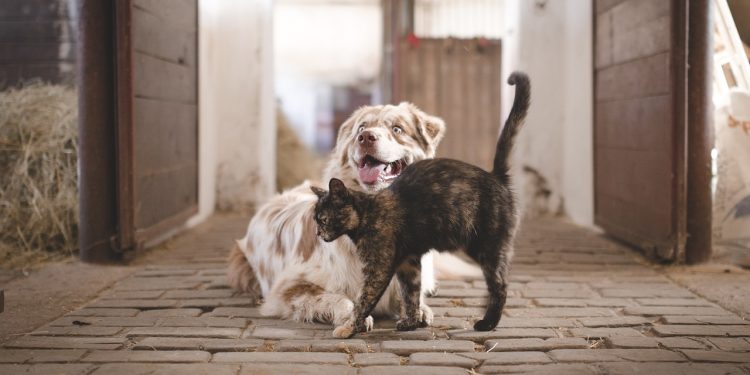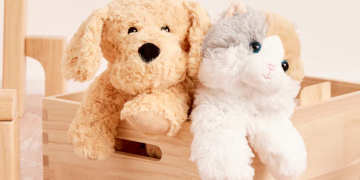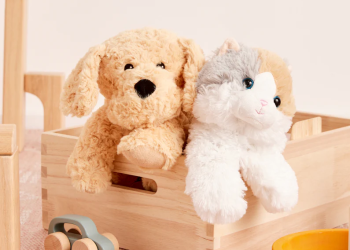Maintaining good dental health is crucial for your pet’s overall well-being. Just like humans, dogs and cats are susceptible to oral diseases that can lead to discomfort, infection, and systemic health issues if left untreated. Proper dental care can prevent these problems and ensure your furry friend leads a happy, healthy life. Here’s a comprehensive guide to understanding and managing your pet’s dental health.
Why Dental Health Matters
Preventing Oral Diseases
- Plaque and tartar buildup can lead to gingivitis, periodontitis, and tooth decay.
- Untreated dental issues can cause pain, tooth loss, and difficulty eating.
Protecting Overall Health
- Bacteria from periodontal disease can enter the bloodstream, potentially affecting the heart, liver, and kidneys.
- Maintaining oral hygiene reduces the risk of systemic infections.
Enhancing Quality of Life
- Healthy teeth and gums allow pets to chew comfortably and enjoy their food.
- Preventing oral pain improves your pet’s mood and behavior.
Common Dental Issues in Pets
Plaque and Tartar Buildup
- Plaque forms when bacteria combine with food particles on the teeth.
- If not removed, plaque hardens into tartar, which can irritate the gums.
Gingivitis
- Inflammation of the gums caused by plaque buildup.
- Symptoms include redness, swelling, and bleeding.
Periodontal Disease
- Advanced stage of gum disease affecting the structures supporting the teeth.
- Can lead to tooth loss, abscesses, and systemic health problems.
Tooth Resorption (Cats)
- Common in cats, this condition involves the breakdown of the tooth structure.
- Causes significant pain and may require extraction.
Broken or Fractured Teeth
- Often caused by chewing on hard objects or trauma.
- Exposed nerves can cause pain and infection.
Signs of Dental Problems
Behavioral Changes
- Reluctance to eat or chewing on one side of the mouth.
- Dropping food or excessive drooling.
Physical Symptoms
- Bad breath (halitosis).
- Red, swollen, or bleeding gums.
- Loose or discolored teeth.
- Visible plaque or tartar on the teeth.
Preventive Dental Care
Regular Brushing
- Brush your pet’s teeth daily or at least several times a week.
- Use pet-specific toothbrushes and toothpaste (never use human toothpaste).
Dental Chews and Toys
- Provide dental chews designed to reduce plaque and tartar.
- Offer toys that promote chewing and help clean teeth naturally.
Water Additives
- Use veterinarian-approved water additives to help control bacteria and freshen breath.
Balanced Diet
- Feed your pet a diet that supports dental health.
- Some pet foods are specially formulated to reduce plaque buildup.
Professional Dental Care
Annual Dental Exams
- Schedule yearly dental checkups as part of your pet’s routine veterinary care.
- Vets can identify early signs of dental disease and recommend appropriate treatments.
Professional Cleanings
- Performed under anesthesia, professional cleanings remove plaque and tartar from below the gum line.
- Includes polishing to smooth the tooth surface and prevent future buildup.
Dental X-Rays
- Necessary to assess the health of tooth roots and surrounding bone.
- Detects issues not visible during a standard oral exam.
Home Dental Care Tips
Start Early
- Introduce dental care routines when your pet is young to help them adapt.
- Use positive reinforcement to make brushing a rewarding experience.
Be Gentle
- Approach dental care calmly and avoid forcing your pet.
- Gradually increase the time spent on brushing or examining their teeth.
Inspect Their Mouth Regularly
- Check for signs of dental problems, such as redness, swelling, or foul odors.
- Report any abnormalities to your veterinarian promptly.
Special Considerations
Small Breeds
- Small dog breeds are more prone to dental issues due to crowded teeth and shallow roots.
- Regular cleanings and daily brushing are especially important.
Senior Pets
- Older pets are at higher risk for dental disease.
- Increase the frequency of dental checkups to monitor age-related changes.
Cats
- Cats may hide symptoms of dental pain. Watch for subtle signs like reduced grooming or changes in eating habits.
Myths About Pet Dental Care
“Bad Breath is Normal in Pets”
- Persistent bad breath is often a sign of dental disease and should not be ignored.
“Dry Food Cleans Teeth”
- While some dry foods are formulated to reduce plaque, they are not a substitute for brushing or professional cleanings.
“Pets Don’t Need Dental Care”
- Neglecting dental health can lead to serious complications, including systemic infections.
Creating a Dental Care Routine
Step 1: Gather Supplies
- Pet toothbrush or finger brush.
- Pet-safe toothpaste in flavors like poultry or peanut butter.
Step 2: Introduce Gradually
- Let your pet sniff and taste the toothpaste to build familiarity.
- Start by gently rubbing their gums with your finger before introducing the toothbrush.
Step 3: Brush Gently
- Focus on the outer surfaces of the teeth and gums.
- Brush in small, circular motions, and keep sessions short.
Step 4: Reward Your Pet
- Praise and reward your pet with treats or playtime after each session to reinforce positive behavior.
The Role of Your Veterinarian
Personalized Advice
- Your vet can recommend dental care products and routines tailored to your pet’s needs.
Monitoring Progress
- Regular checkups ensure your pet’s dental care plan is effective and adjusted as needed.
Addressing Advanced Issues
- For severe dental disease, your vet may recommend extractions or advanced treatments to relieve pain and restore oral health.
Good dental health is essential for your pet’s overall well-being. By combining at-home care with professional veterinary services, you can prevent dental problems and ensure your pet enjoys a healthy, happy life. Prioritize their oral hygiene as part of their regular care routine to keep their teeth and gums in top condition.












